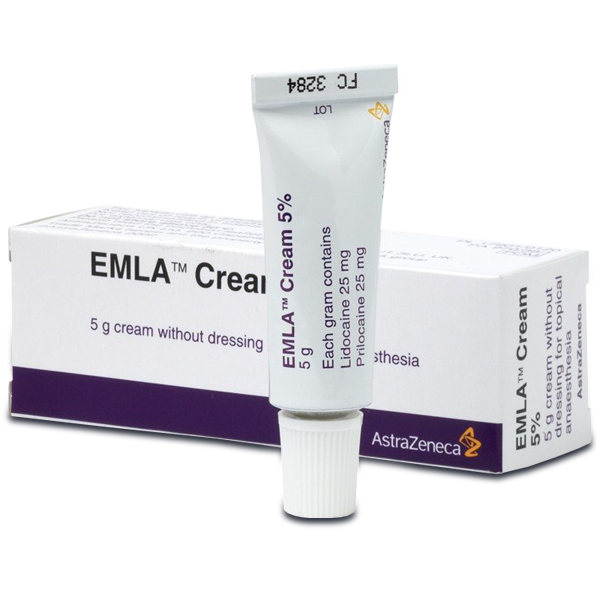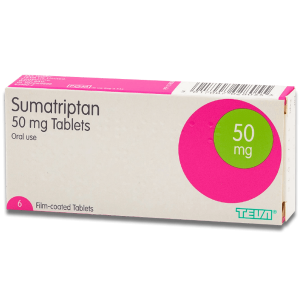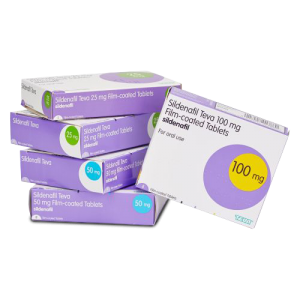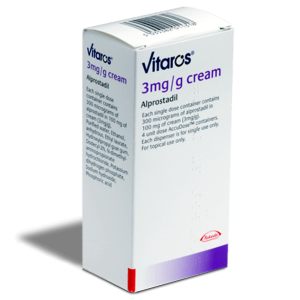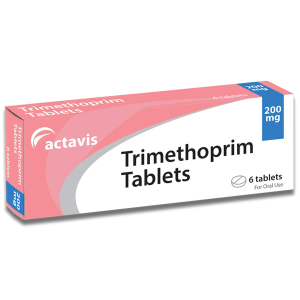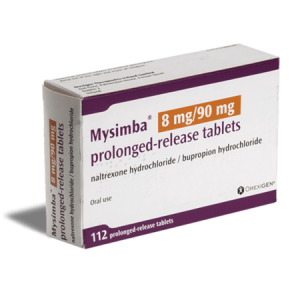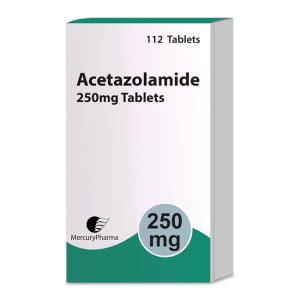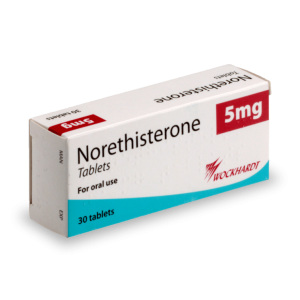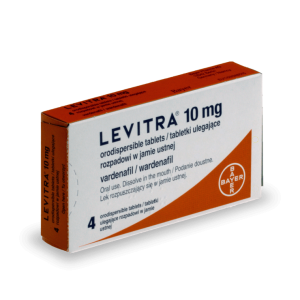Description
Emla cream is a topical local anaesthetic cream licensed for use in alleviating the discomfort associated with injections and minor surgical procedures by numbing the desired area. It is typically used to numb the skin before procedures such as tattoo removal.
It can also be used “off-label” treat symptoms of Premature Ejaculation, with clinical studies reporting an increase in a mans ability to be able to last longer during intercourse by up to 6 times.
An off-label use of a treatment means that a medicine is used to treat a different treatment to the one it was originally licensed for. This can occur from time to time whilst clinical data is being collected regarding the effectiveness of a treatment. In the case of Emla, studies have been done to highlight the effectiveness in helping sufferers of Premature Ejaculation. Click here to read the studies
How Emla Works
Emla acts as a numbing agent (local anaesthetic), ensuring that the treated area is markedly less responsive. The ingredients, Lidocaine and Prilocaine, act to prevent pain signals being sent from the nerve endings in the affected area to the brain, thereby numbing the patient to minor discomfort. In the case of Premature Ejaculation, EMLA numbs the penis, and increases the Intravaginal Ejaculation Latency Time (IELT) by up to 6 times.
Uses of Emla
It is used to numb an area of skin prior to the administration of injections.
It is used to numb areas prior to minor skin surgery, such as the removal of warts, for example.
It can also be used to treat Premature Ejaculation. Emla is currently unlicensed for use in the treatment of PE and should only be considered once other forms of treatment have been exhausted. However, studies have shown that application of Emla 20-30 minutes prior to intercourse results in an increase of intravaginal ejaculation latency time (IELT) by up to 6 times.

